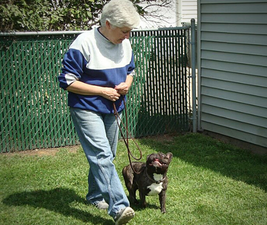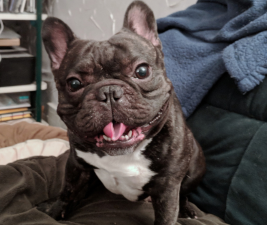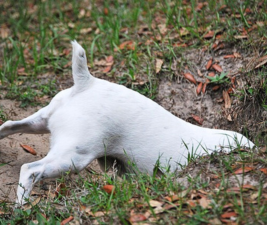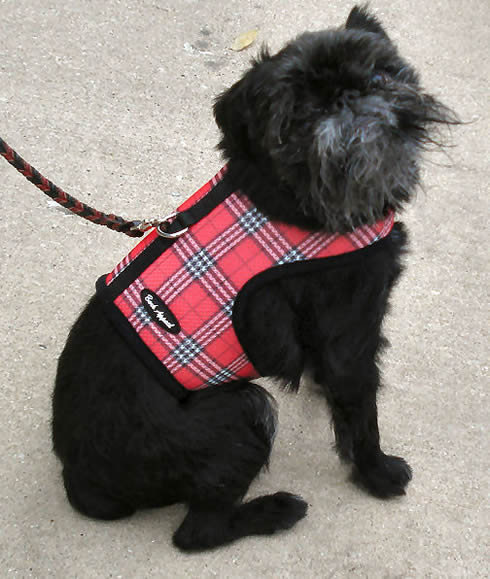January is National Train Your Dog month. To get out there and do something with your dog. The timing sucks because most New Year’s resolutions are things that you really don’t want to do but think you should. January is when all the diet, fitness, and organizing commercials hit you in the face. Dog training isn’t a “really should but don’t want to” thing. Because if it’s not fun, you’re doing it wrong. Dog training is a joy, not a chore.
So, you ask, what should you do with your dog? The answer is: it depends on your personality and your interests. As well as your dog’s age, personality, and fitness level. If you love running and your dog does, too, maybe try Agility. If you love precision and your dog adores routine, Obedience may be your sport. Or if you’re somewhere in the middle and like a good walk with some “tricks” or fancy footwork, Rally is your game.
There really is an array of dog activities for everyone. If you want to see your dog using their natural abilities, you might want to look into Barn Hunt or Scent Work. If your dog loves running fast and chasing prey, how about Fast CAT? There’s also sports for dogs who love catching flying discs, fetching stuff, and herding stuff. There are even tricks competitions and, for people who love music and dance, there’s Freestyle.
You don’t even have to go anywhere, if you don’t want to. You can easily train at home and even enter virtual competitions. If you watch the videos of the Trick Dog competitors, you’ll probably think to yourself “That’s so fun! I bet we could do that!” You’d be absolutely right. Your dog can do that.
Attitude is everything
You have a dog because dogs are fun, affectionate, and smart companions. You love them and want them to have the biggest, happiest life. And we’ll tell you a secret – dogs who know “stuff” are more confident, happier, and better family members. They work with you as a teammate, and can take more responsibility for their actions.
An additional side benefit is that making your dogs think and learn is more tiring for them than running miles or playing fetch. Remember how tired you got taking finals in school? Using their brains is not only fun, it’s also tiring. Your dog will definitely need a nap after a training session.
Our own training site, 2-Minute-Trainer.com, is called that because training sessions should be short, really short. Two minutes is extreme, five is more realistic. But for those few minutes, your focus is entirely on your dog. You get to escape from whatever else is going on in life. And your dog will thrive with your exclusive attention.
The first thing to do is change your mindset about the word “training.” Just the sound of it makes people think of sweating, repetitious drills, and other unpleasant things. It’s all about playing fun games with your dog that happens to have the side benefit of teaching them stuff. Don’t think “I have to go train now.” Think “I get to play games with my best friend now!”
Don’t be shy
Another very cool thing about playing training games at home. No one will ever know if you don’t do it “right,” feel awkward, or look stupid. Your dog is never going to tell anyone. And if you do take video (which you should), you never have to show it to anyone. You can watch it and see how darn adorable your team is.
If you go to a class, keep in mind that everyone there is in the same boat you are. If they’re not rank beginners now, it’s only because they started where you are and kept going. They kept at it because they saw what a difference it made in their dog. Everybody starts at the same point. The people who keep going are the ones who are seizing the chance to have a bigger, better life for themselves and their dogs.
You can get started today. Pick a game, any game. Try “Gimme Your Face” to start. You won’t need anything but and some treats.
Enjoyed this post? Click here to sign up for the weekly newsletter and never miss another!












